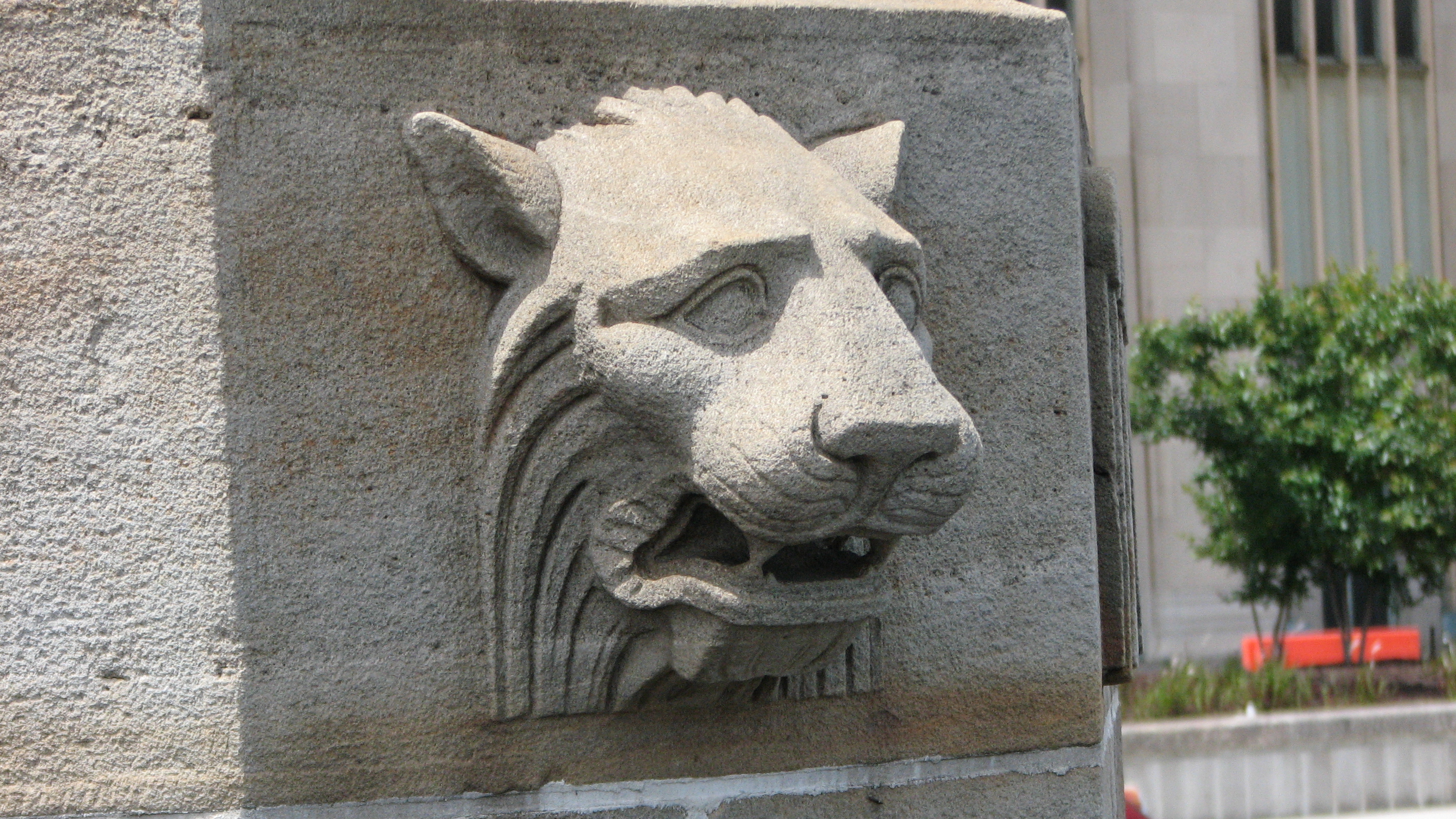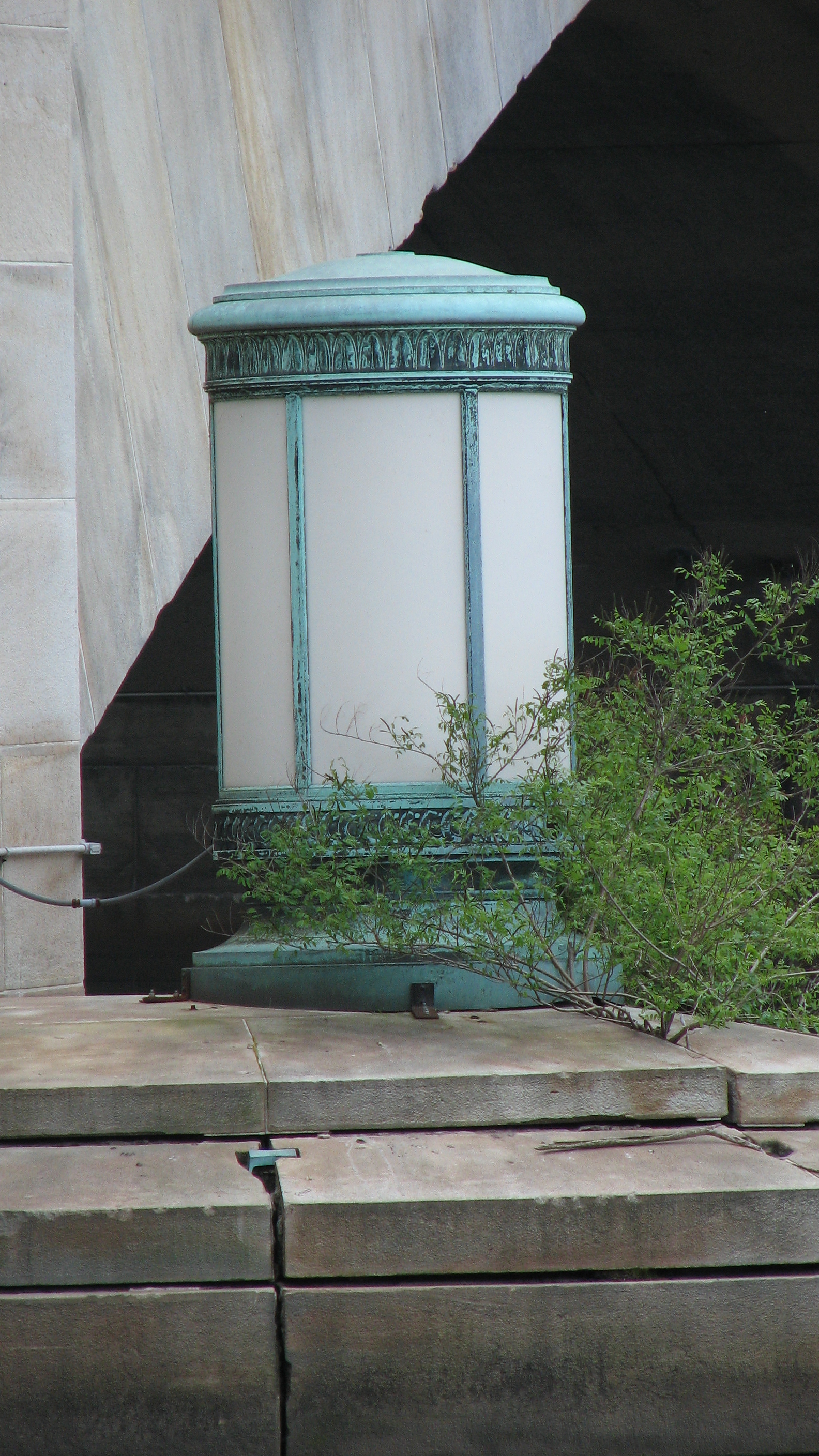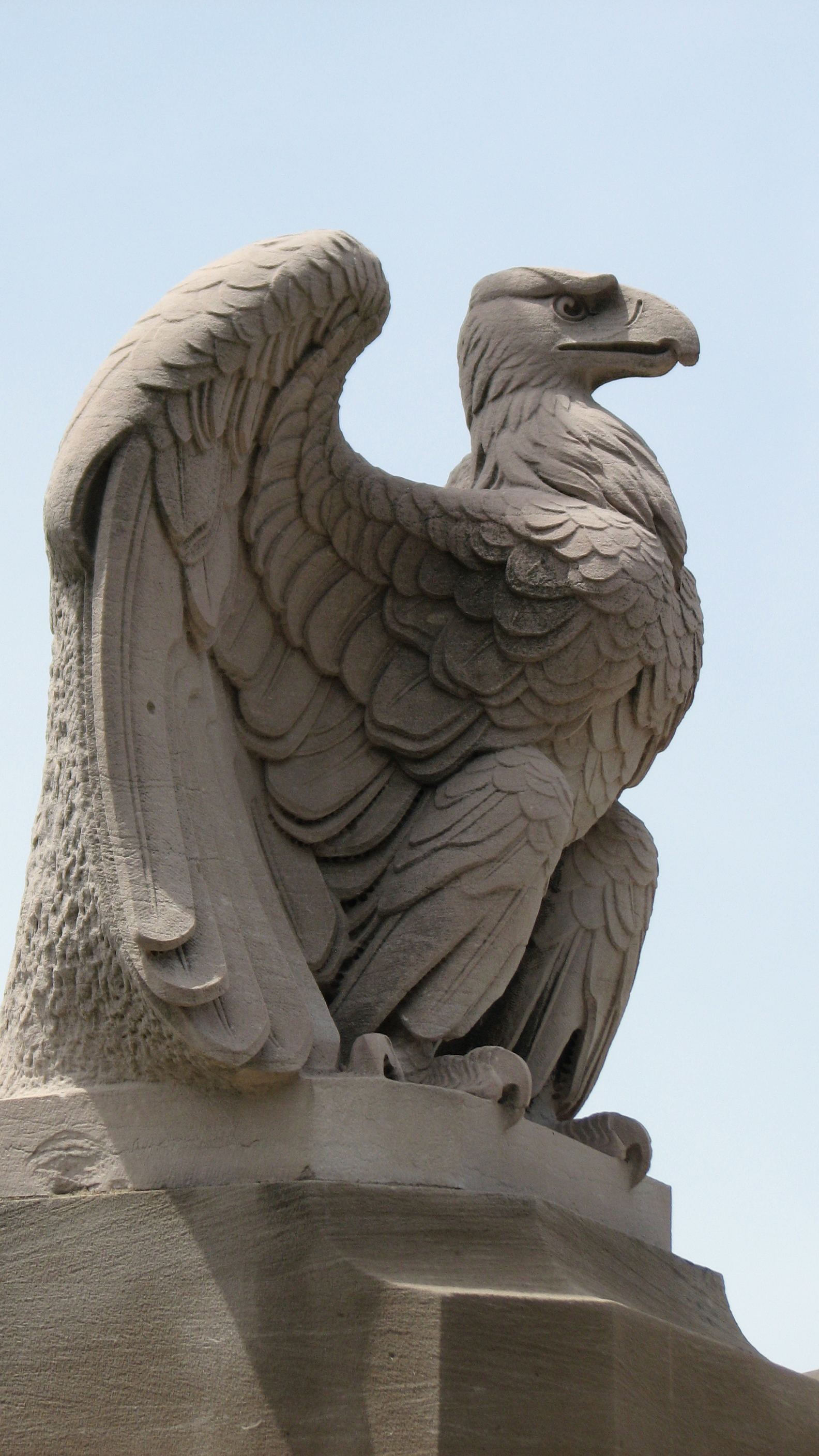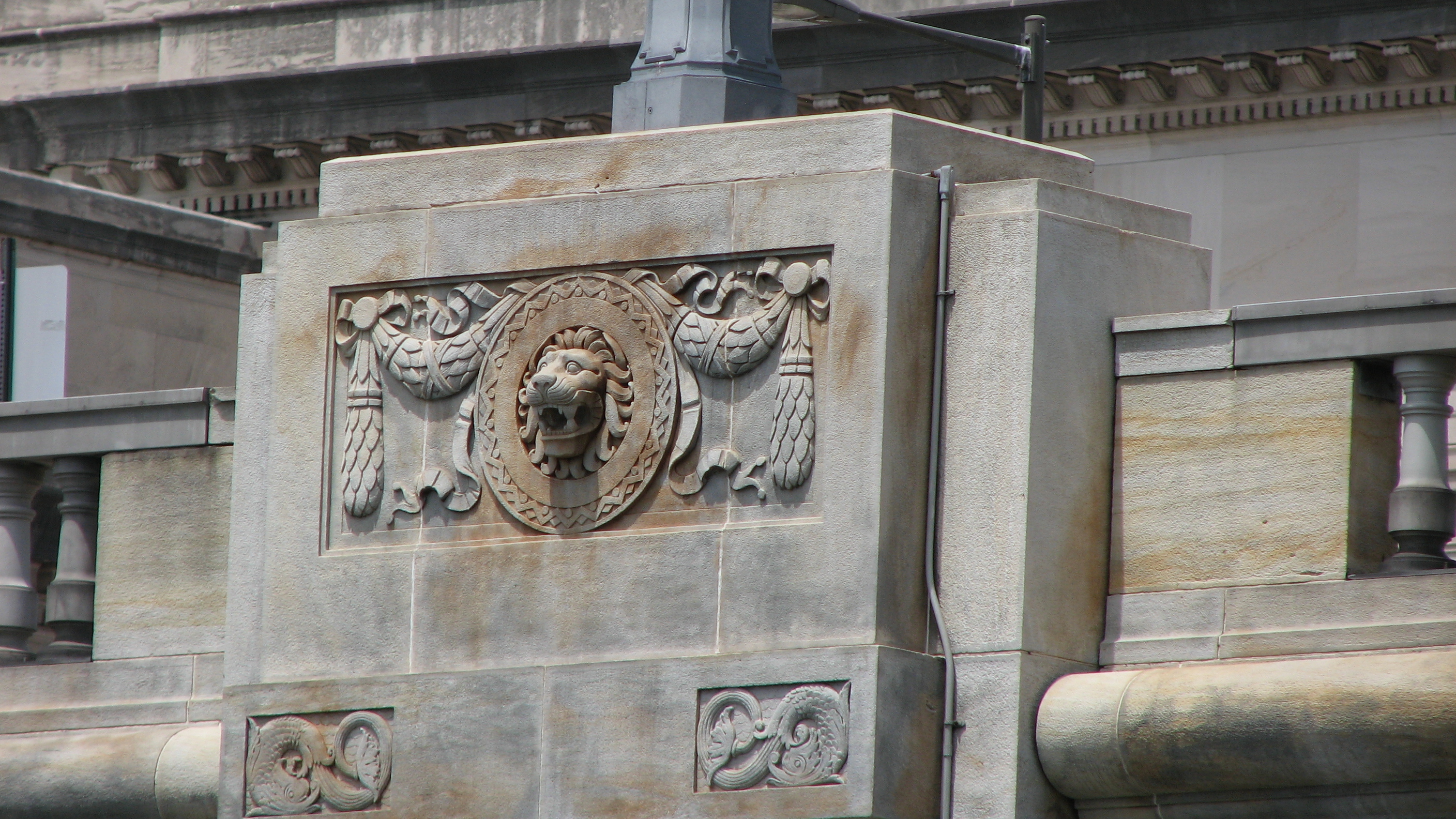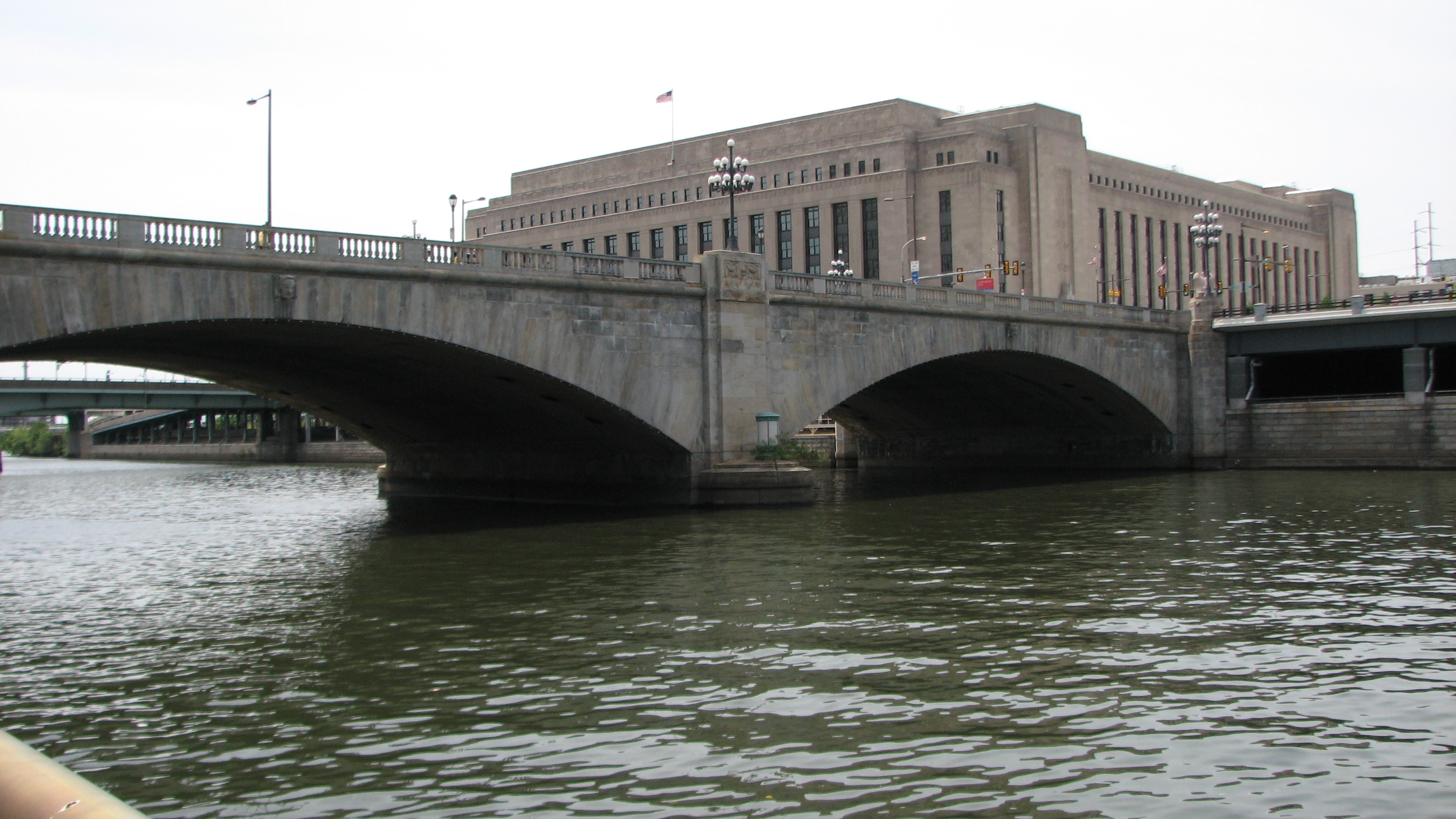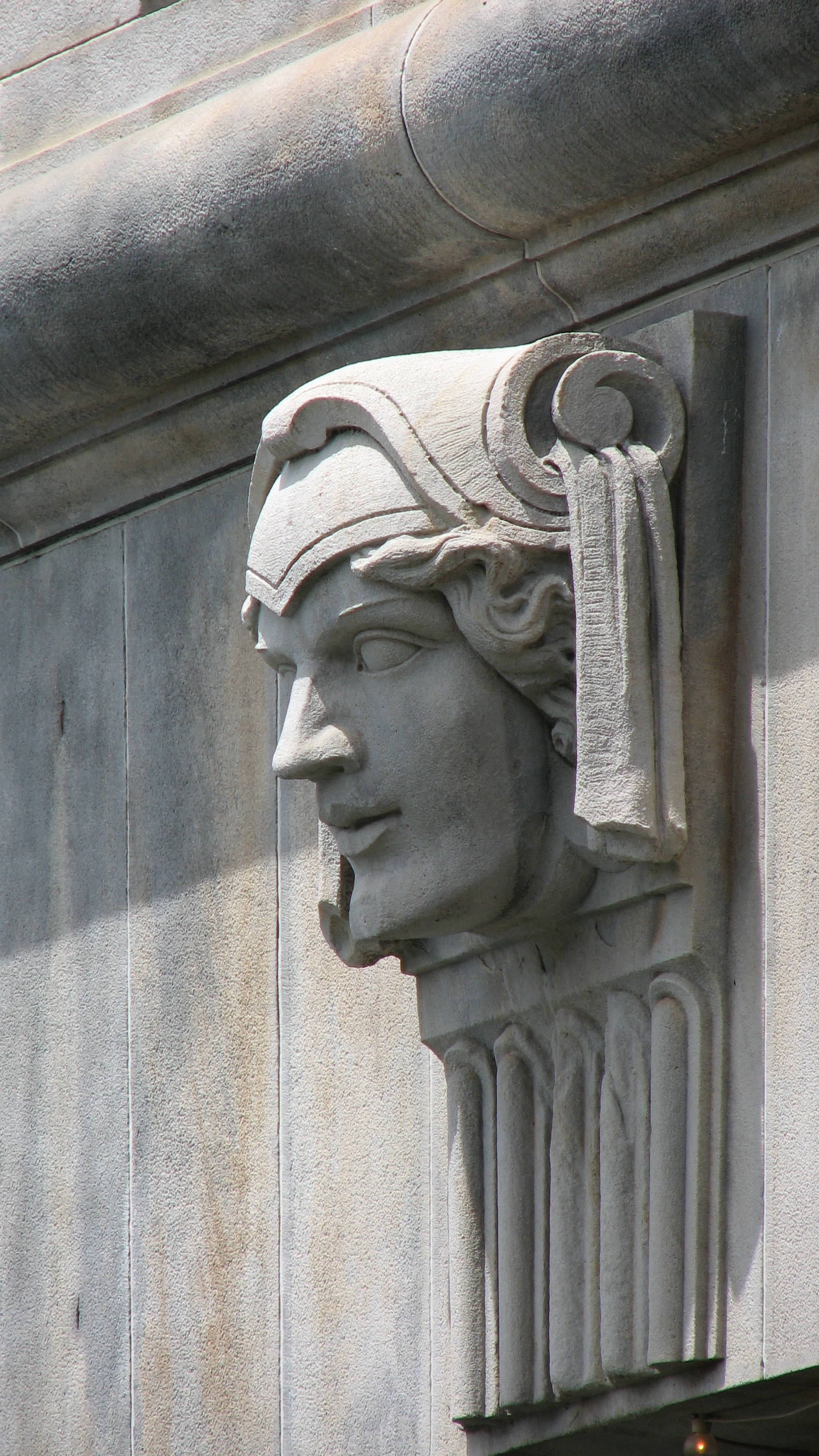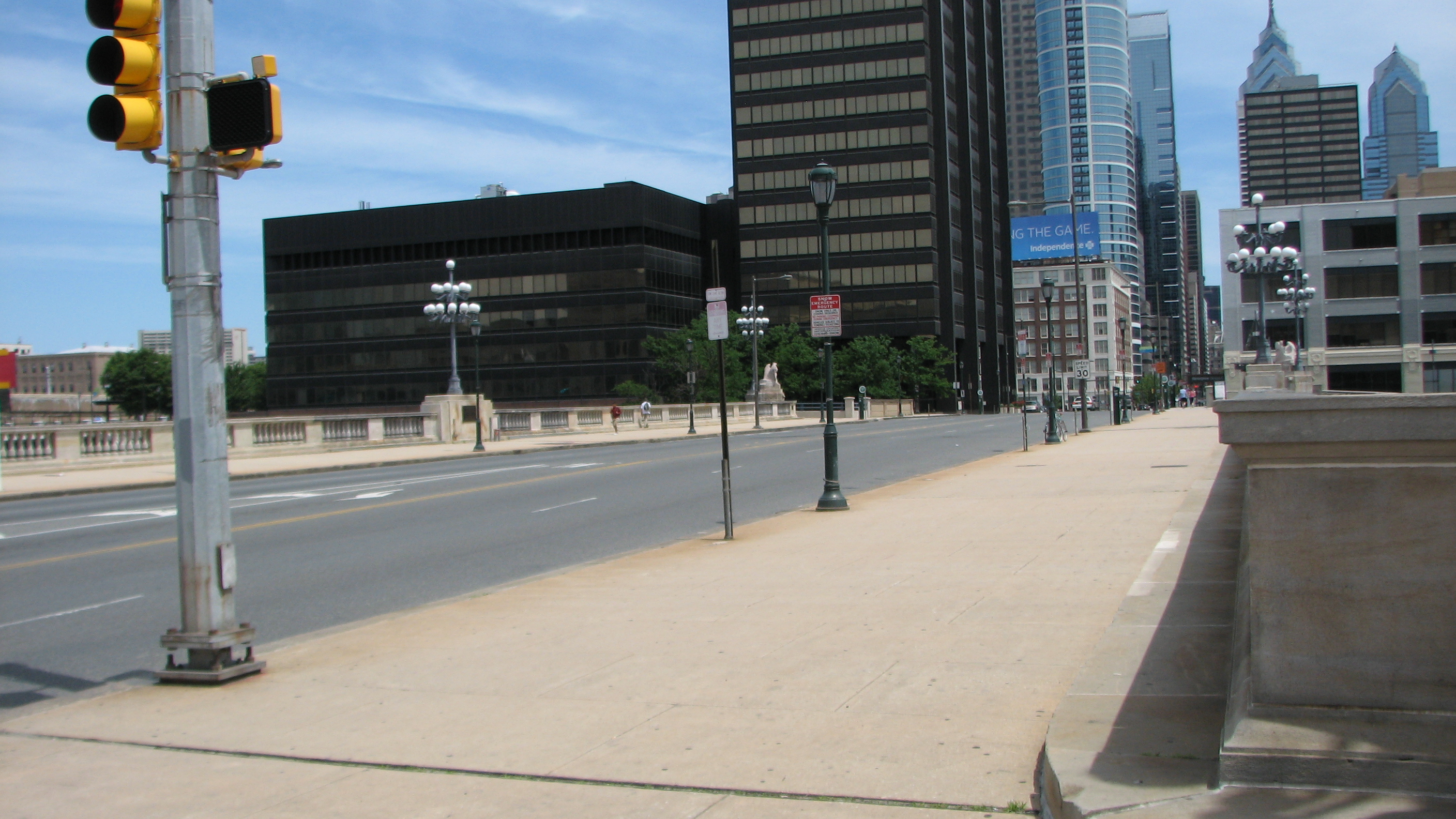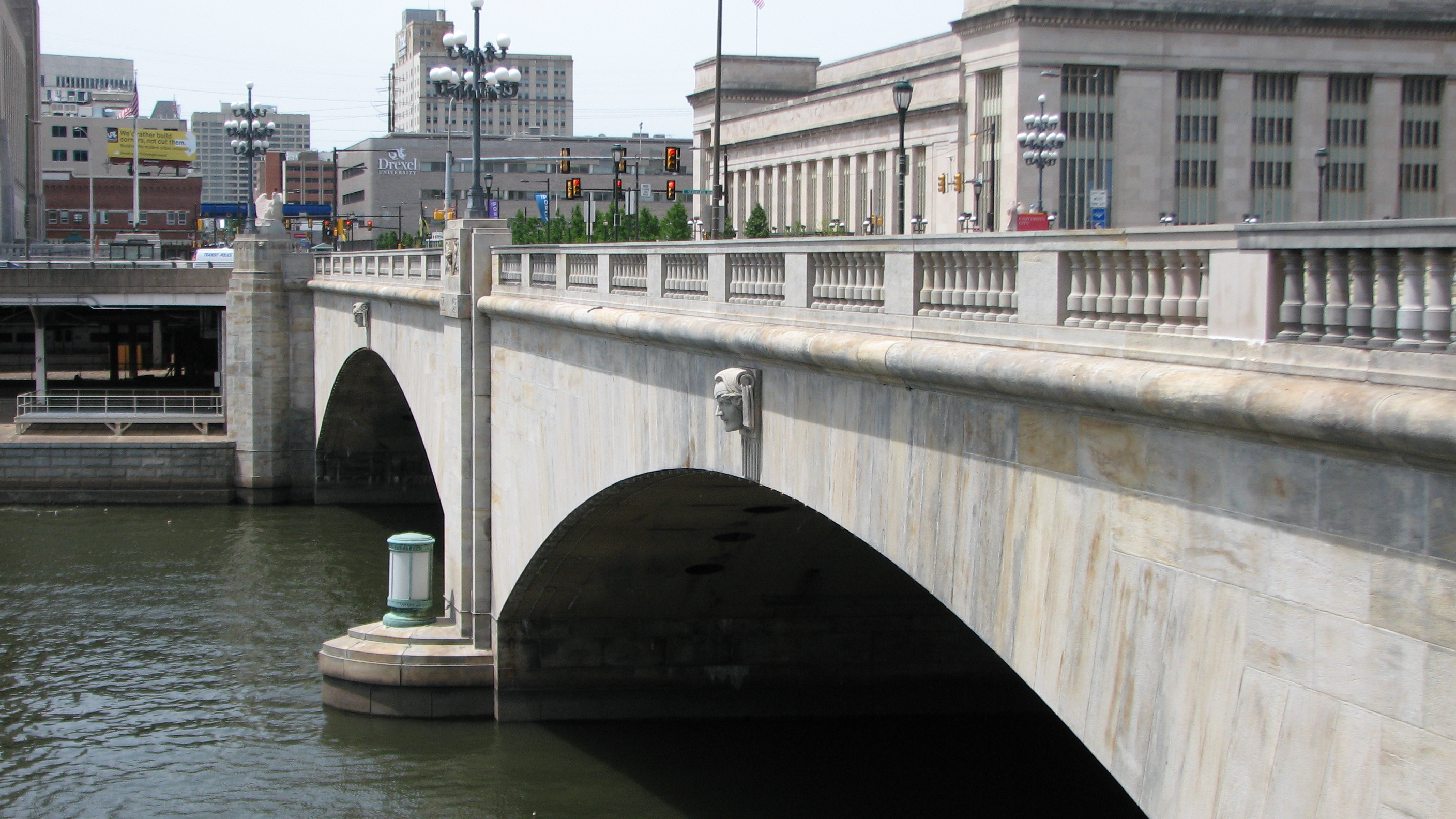Look Up! The long line of the Market Street Bridge
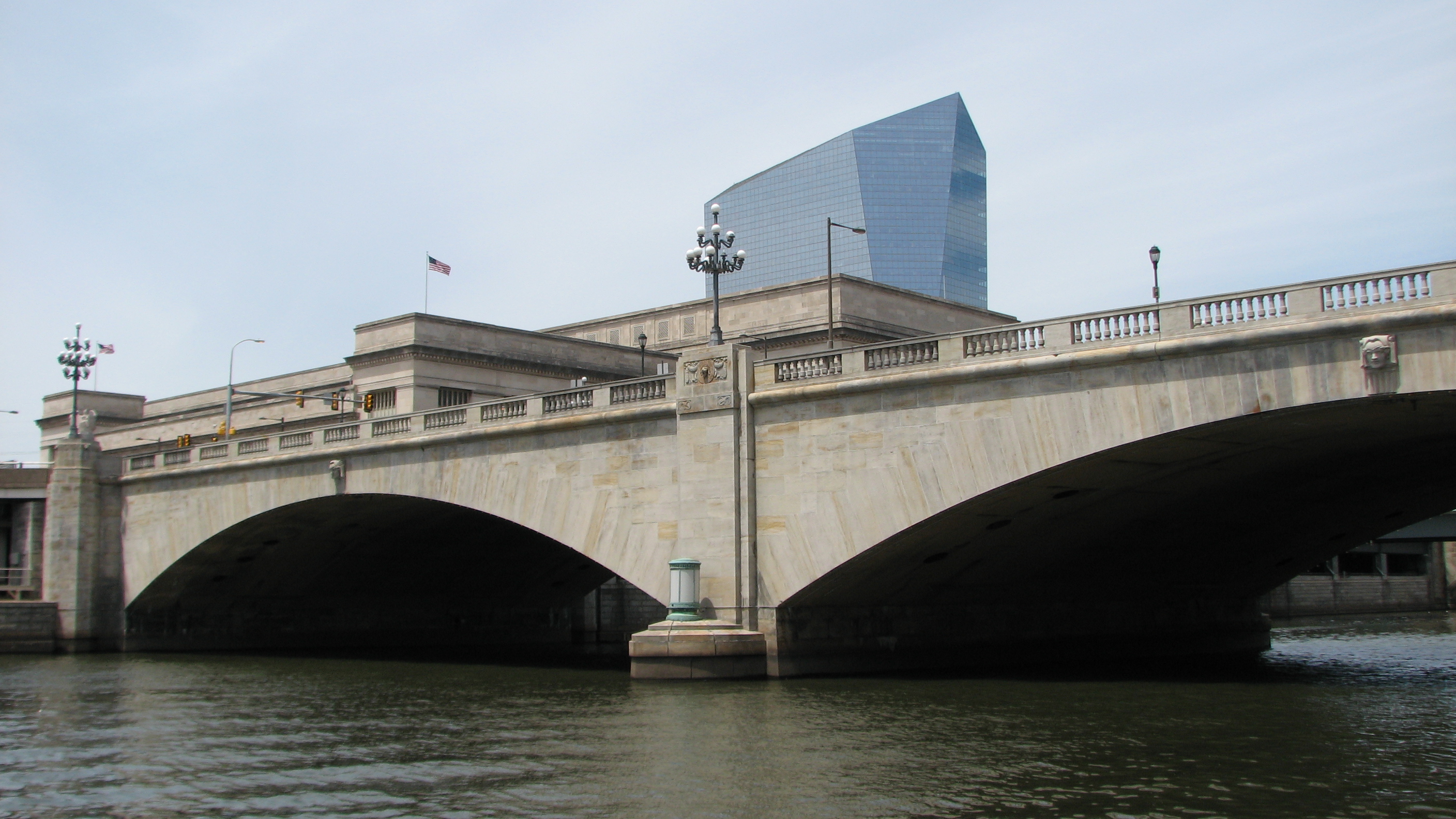
The 1930s span is the most permanent of the many incarnations that have crossed the Schuylkill.
“Look Up!” is a PlanPhilly feature that encourages appreciation of our architectural and historical environment. The photo essays focus on different Philadelphia areas and their distinctive building styles and details, all of which make up the physical fabric of the city and region.
Since the time Market Street was called High Street, merchants and residents have found ways to get to the other side of the mighty Schuylkill. Ferries and floating bridges were sufficient in pre-Revolutionary times. The first “Schuylkill Permanent Bridge” – constructed of wood with masonry piers, roof and sidewalls – was designed by Timothy Palmer, a renowned bridge builder in the new nation, and opened to traffic in 1806.
Palmer’s wooden structure was damaged by fire and remodeled to accommodate a railroad track in 1850. But that bridge was destroyed by a blaze and replaced by another wooden bridge in 1875. In 1888, an iron, cantilevered span was built.
The current Market Street Bridge of arches, iron and granite was completed in 1932. The well-designed span has a mix of decorative elements: Art Deco faces that look down on passing boats and giant lanterns on the piers to ensure they don’t strike the bridge; Victorian-style streetlamps with multiple white globes that line the surface level; and four carved eagles at the east and west ends that were donated by the Pennsylvania Railroad from New York’s Penn Station when it was demolished in 1963. Classical carvings adorn the structure at midpoint, and lion heads watch pedestrians pass over the river.
On New Year’s Eve, 1993, Mayor Ed Rendell and a variety of corporate sponsors paid tribute to the Market Street span by illuminating the underside of this beautiful bridge, the most “permanent” in the history of the crossing.
Contact the writer at ajaffe@planphilly.com.
WHYY is your source for fact-based, in-depth journalism and information. As a nonprofit organization, we rely on financial support from readers like you. Please give today.



